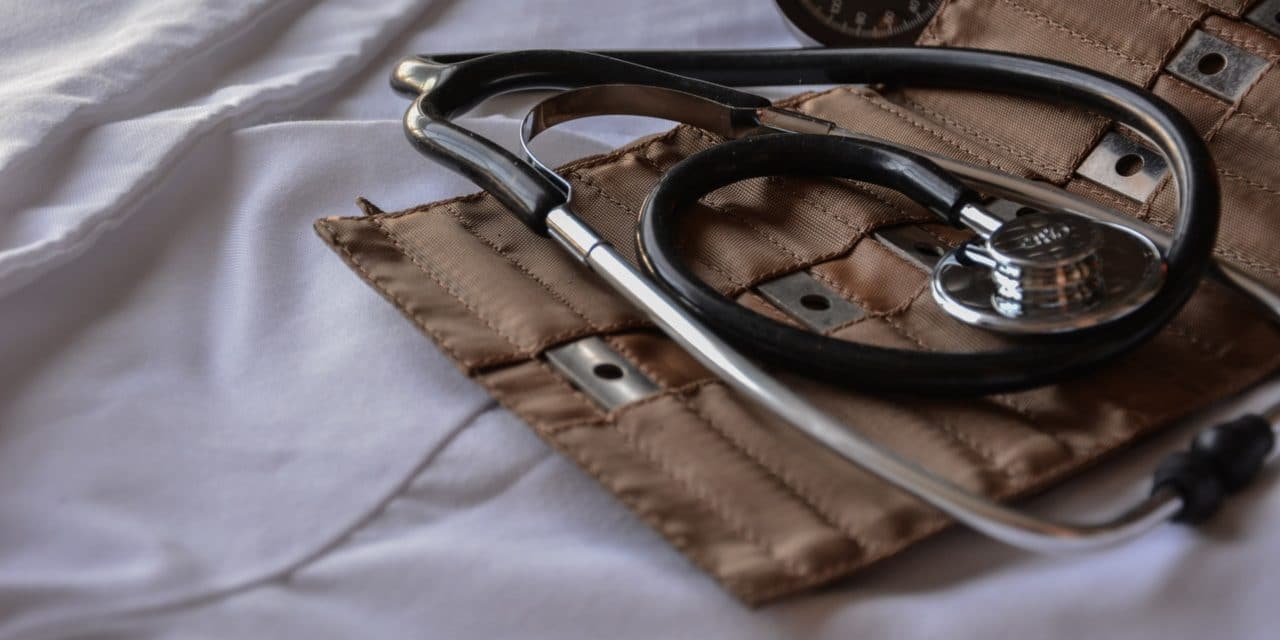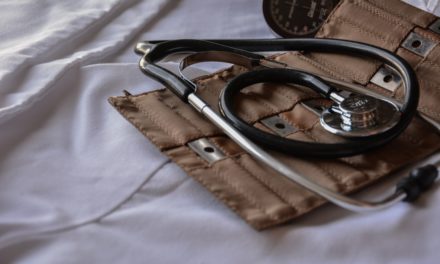[ad_1]
Medical technology is that branch of medicine which deals with the technical apparatus associated with the treatment and diagnosis of diseases and medical conditions. Most hospitals and private nursing care facilities have medical equipment which consists of machines and technical devices to detect and monitor any irregularities in a patient's medical conditions. A Biomedical Equipment Technician (BMET) is usually hired by hospital to maintain the medical equipment of medical facilities.
Medical equipment may consist of laboratory instruments and devices to analyze the composition of urine, blood, fasces or semen. Medical monitors may be used to predict a patient's medical state by the measurement of parameters like blood pressure, ECG, EFG as well as gases dissolved in the blood. Diagnostic equipment comprises of medical imaging machines like which are used to help diagnosis of a condition. Such devices include ultrasound, MRI and x-ray machines, and PET and CT scanners. Therapeutic apparatus consists of infusion pumps, medical lasers and LASIK surgery machines. Life support devices are used to sustain the bodily functions of the afflicted in a period of severe medical crisis. These include will consist of apparatus like the following- ventilators, anesthetic machines, heart-lung machines, ECMO, and dialysis machines.
The field of medical equipment is a rapidly advancing one and the frontiers of medical research are steadily expanding to incorporate more and more sophisticated technology. It shows tremendous scope of developing better and improved machines to bolster healthcare and medicine as a science. The X-ray, electrocardiograph, endoscope, ultrasound scan, CT scan and the artificial heart are inventions which have revolutionized medicine quite phenomenally.
Often it is not possible under financial considerations to carry out the long- term treatment of a patient in an official medical facility like a hospital. That is when Home Medical Equipment (HME) comes into play. The patient is taken care of by a family member or any other person not a qualified medical professional in their knowledge of nursing. It is also referred to as Durable Medical Equipment or DME in medical parlance as it is designed to withstand regular and repeated use by the patient or care-giver. Common Home Medical Equipment includes easily visible and recognizable apparatuses and devices like the wheelchair, crutch, diabetic shoes, artificial limb and not so easily visible but essential aids like the nebulizer, nasal cannula, orthosis .Such devices can only be used on a doctor's recommendation and approval and can only be purchased from a doctor's prescription. The purchase should be carried out from a pharmacy in the vicinity to ensure 24-hour access to replacement or new purchases should the need arise in the event of an emergency.
Medical equipment supplies are governed by the field of medical logistics. It comprises of the supply and distribution of pharmaceuticals, surgical apparatus, medicines, medical equipment and other devices to doctors, nurses, technicians and laboratory analysts. Following staff costs, medical supplies are the most expensive area of the health care sector which explains the adoption of supply chain management theories to cut down costs.
[ad_2]
Source by Nitin K Singh






